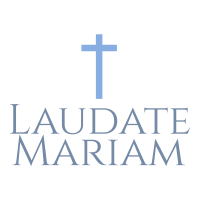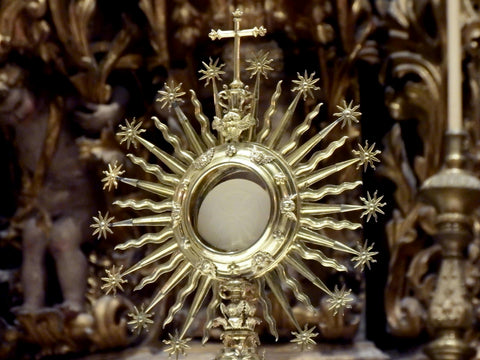The Catholic Church has long celebrated the Real Presence of Christ in the Eucharist, and one of the most profound affirmations of this belief is the Eucharistic miracle that occurred in Bolsena-Orvieto, Italy, in the 13th century. This miraculous event not only strengthened the faith of many but also led to the establishment of the Feast of Corpus Christi in 1264, a solemn celebration dedicated to honoring the Holy Eucharist. The Feast of Corpus Christi is celebrated every year on the Thursday after Trinity Sunday.
The Miracle at Bolsena
In the year 1263, a German priest named Peter of Prague was on a pilgrimage to Rome. Despite his deep faith, he harbored doubts about the doctrine of transubstantiation, which teaches that the bread and wine offered during the Mass truly become the Body and Blood of Jesus Christ. Seeking to strengthen his faith, Father Peter stopped in the small town of Bolsena, Italy, to celebrate Mass at the Church of St. Christina.
During the consecration, as he elevated the Host, blood began to seep from the consecrated Host, trickling down his hands and onto the altar cloth, known as a corporal. Astonished and deeply moved, Father Peter immediately reported the event to Pope Urban IV, who was residing in the nearby town of Orvieto.
The Pope sent delegates to investigate the miracle, and upon their confirmation, the bloodstained corporal was brought to Orvieto in a grand procession. This miraculous event was seen as a divine affirmation of the Real Presence and significantly impacted the Church and its teachings.
Establishment of the Feast of Corpus Christi
Deeply moved by the miracle and recognizing the need for a greater celebration of the Eucharist, Pope Urban IV instituted the Feast of Corpus Christi in 1264. The feast was established to honor the Body and Blood of Christ and to reaffirm the Church's teaching on the Real Presence. Pope Urban IV commissioned St. Thomas Aquinas, one of the greatest theologians of the time, to compose the liturgical texts for the feast, including hymns that are still sung today, such as "Pange Lingua" and "Tantum Ergo."
The Feast of Corpus Christi was to be celebrated on the Thursday after Trinity Sunday, symbolizing the connection between the Eucharist and the Last Supper, which took place on a Thursday. The feast quickly spread throughout the Catholic world, becoming a major celebration marked by processions, Eucharistic adoration, and special liturgical ceremonies.
In Orvieto, the cathedral was constructed to house the relic of the miracle. The Basilica of Orvieto remains a significant pilgrimage site, where the bloodstained corporal is displayed in a magnificent reliquary. Each year, the Feast of Corpus Christi is celebrated with great reverence, drawing thousands of faithful who come to honor the miraculous event and deepen their devotion to the Eucharist.
The Legacy of the Miracle
The Eucharistic miracle of Bolsena-Orvieto and the subsequent establishment of the Feast of Corpus Christi have left an indelible mark on the Catholic Church. This miracle not only addressed the doubts of a single priest but also reinforced the faith of countless believers in the Real Presence of Christ in the Eucharist.
The Feast of Corpus Christi continues to be a powerful reminder of this central tenet of Catholic faith, inspiring devotion and reverence for the Blessed Sacrament. The miracle serves as a testament to the profound mystery of the Eucharist, inviting the faithful to approach the altar with renewed faith and awe.
In commemorating the Feast of Corpus Christi, Catholics around the world celebrate the enduring presence of Christ in the Eucharist, made manifest through the miracle at Bolsena. This solemn feast day stands as a beacon of faith, drawing the faithful closer to the heart of the Church’s sacramental life and deepening their understanding of the mystery of the Eucharist.

